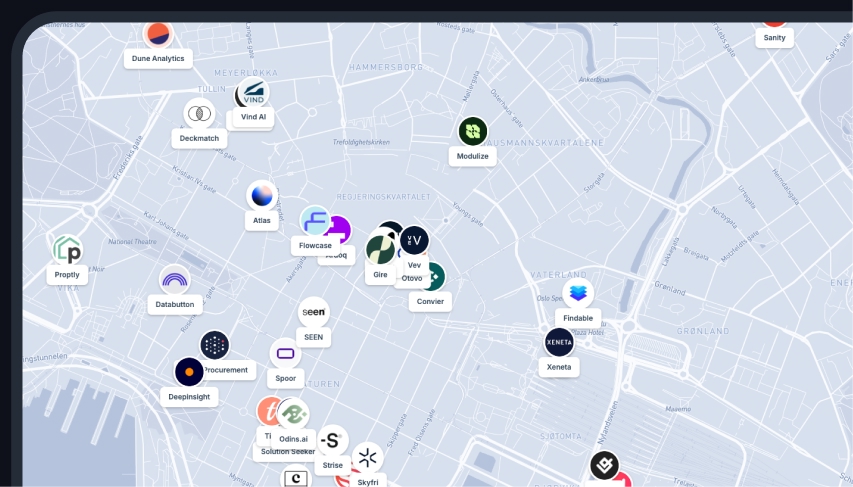Geospatial Intelligence
Definition
Geospatial Intelligence, often abbreviated as GEOINT, is the exploitation and analysis of imagery and geospatial information to describe, assess, and visually depict physical features and geographically referenced activities on the Earth. It involves the collection, analysis, and distribution of information that is sourced from the exploitation of geospatial data to represent attributes, entities, or objects, both natural and constructed, that are present on Earth.
What is Geospatial Intelligence?
Geospatial Intelligence is a branch of intelligence that uses software to analyze imagery and geospatial information about geopolitical events to predict what is likely to happen in the future. This data is typically used by various sectors such as military agencies, government departments, and businesses for different purposes.
In the military context, Geospatial Intelligence is used for planning operations, mitigating risks, and tracking trends and patterns. It is used for situational awareness, aiding in making real-time decisions, and enhancing military operations.
In the business and government sectors, Geospatial Intelligence provides insights for decision making, strategic planning, and improving operation efficiency. It is also applied in predicting environmental changes, managing natural resources, and disaster management.
The process of obtaining Geospatial Intelligence includes the responsibility of gathering imagery, imagery interpretation, and other geospatial information about an object. This information can be collected through remote sensing, population censuses, geographic information systems (GIS), and global navigation satellite systems (GNSS) such as GPS.
Work faster with spatial data
Easily import data, automate analysis and build spatial apps for the web, all within a single software.
